Tag: sandbag
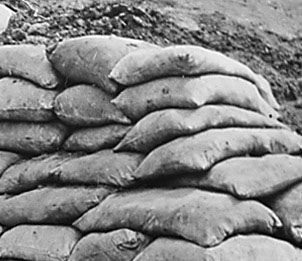 Wikipedia says: A sandbag or dirtbag is a bag or sack made of hessian (burlap), polypropylene or other sturdy materials that is filled with sand or soil and used for such purposes as flood control [and] military fortification in trenches and bunkers.
Wikipedia says: A sandbag or dirtbag is a bag or sack made of hessian (burlap), polypropylene or other sturdy materials that is filled with sand or soil and used for such purposes as flood control [and] military fortification in trenches and bunkers.
The advantages are that the bags and sand are inexpensive. When empty, the bags are compact and lightweight for easy storage and transportation. They can be brought to a site empty and filled with local sand or soil. Disadvantages are that filling bags is labor-intensive.
The military uses sandbags for field fortifications and as a temporary measure to protect civilian structures. Because burlap and sand are inexpensive, large protective barriers can be erected cheaply. The friction created by moving soil or sand grains and tiny air gaps makes sandbags an efficient dissipator of explosive blast. The most common sizes for sandbags are 14 by 26 inches (36 by 66 cm) to 17 by 32 inches (43 by 81 cm). These dimensions, and the weight of sand a bag this size can hold, allow for the construction of an interlocking wall like brickwork.
Individual filled bags are not too heavy to lift and move into place. They may be laid in excavated defences as revetment, or as free-standing walls above ground where excavations are impractical. As plain burlap sandbags deteriorate fairly quickly, sandbag structures [are not] meant to remain in place for a long time.
Sandbags have been used since at least the late 18th century. For example, British loyalists used sandbag and log fortifications in the 1781 Siege of Ninety-Six during the American Revolutionary War. Nathanael Greene was familiar enough with the fortification technique to equip his troops with hooks to pull down the sandbag and log walls when they stormed the Star Redoubt in Ninety Six, South Carolina. Sandbags have traditionally been filled manually using shovels.
Showing 1–16 of 145 results
-
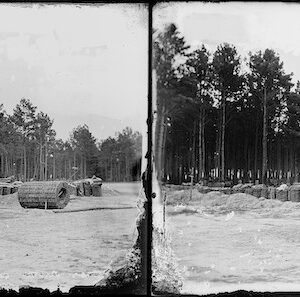
Image ID: AAQZ
$3.99 – $6.99 -
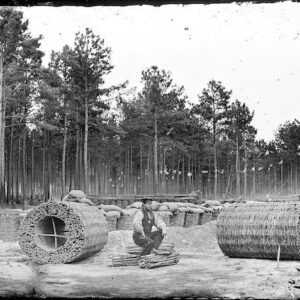
Image ID: AARB
$4.99 -
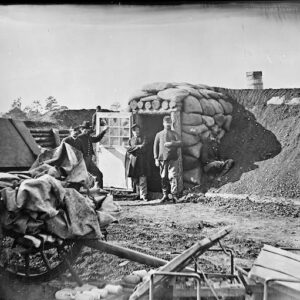
Image ID: AAYI
$3.99 – $6.99 -
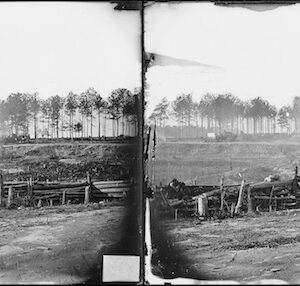
Image ID: ABFG
$3.99 – $4.99 -
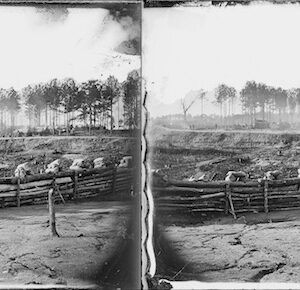
Image ID: ABFM
$3.99 – $6.99 -
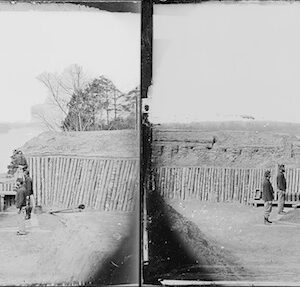
Image ID: ABGL
$3.99 -
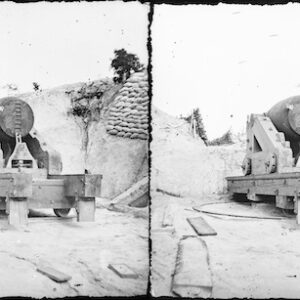
Image ID: ABMM
$5.99 -
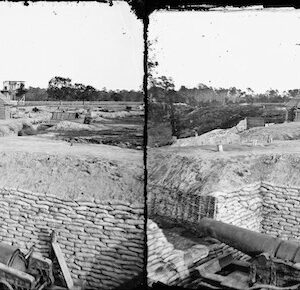
Image ID: ABMO
$5.99 -
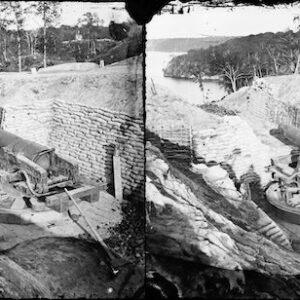
Image ID: ABMZ
$5.99 -
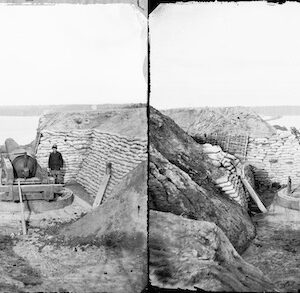
Image ID: ABNP
$5.99 -
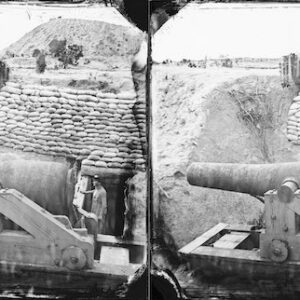
Image ID: ABNR
$6.99 -
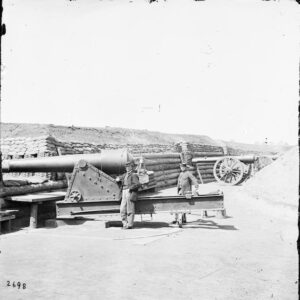
Image ID: ABOQ
$5.99 -
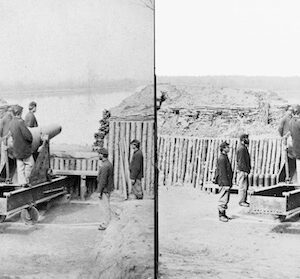
Image ID: ABOR
$5.99 -
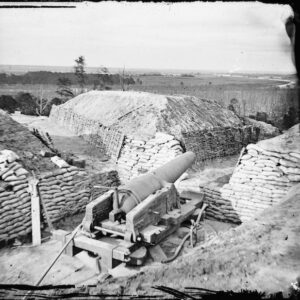
Image ID: ABOT
$5.99 -
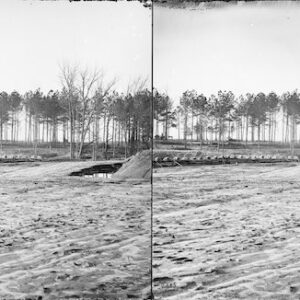
Image ID: ABOW
$6.99 -
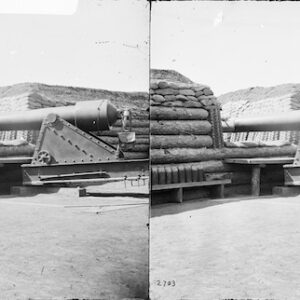
Image ID: ABPJ
$6.99